Top Opportunities: Discover High-Demand 3D Rendering Jobs Today!
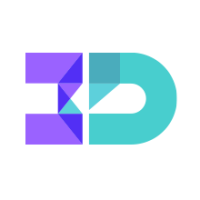
3D agora
January 26th, 2024
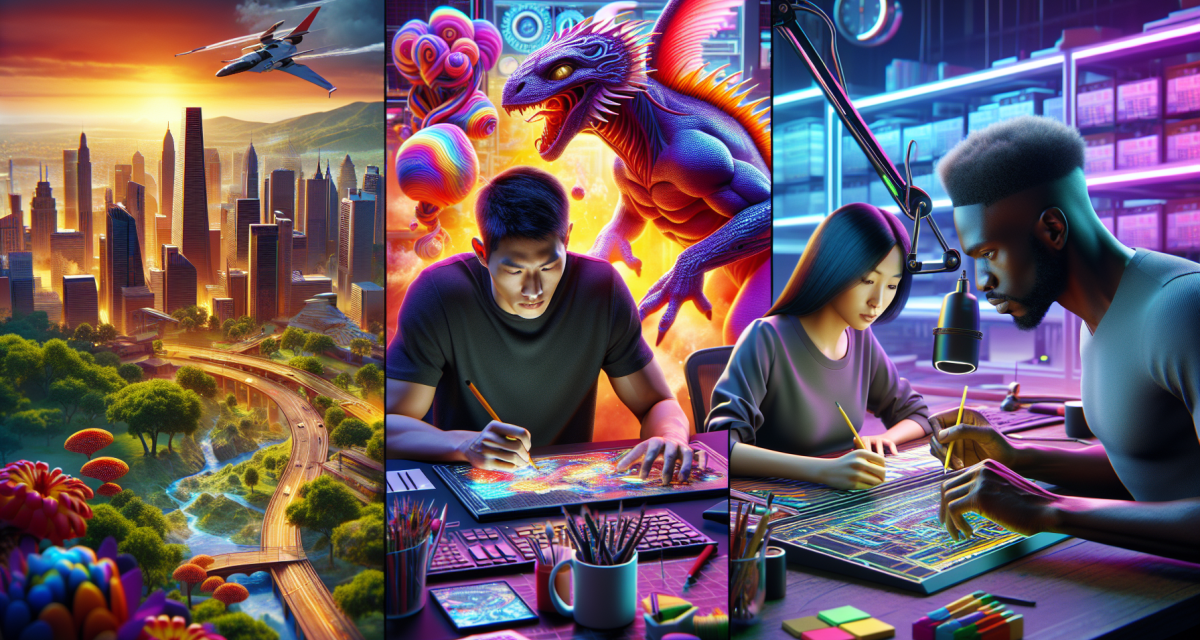
Interested in 3D rendering jobs? This article cuts to the chase, providing insights on finding roles that match your skills and the state of the market. We’ll cover the essentials without fluff, preparing you to navigate the 3D rendering job landscape effectively.
3D Rendering Careers: Exploring Your Options
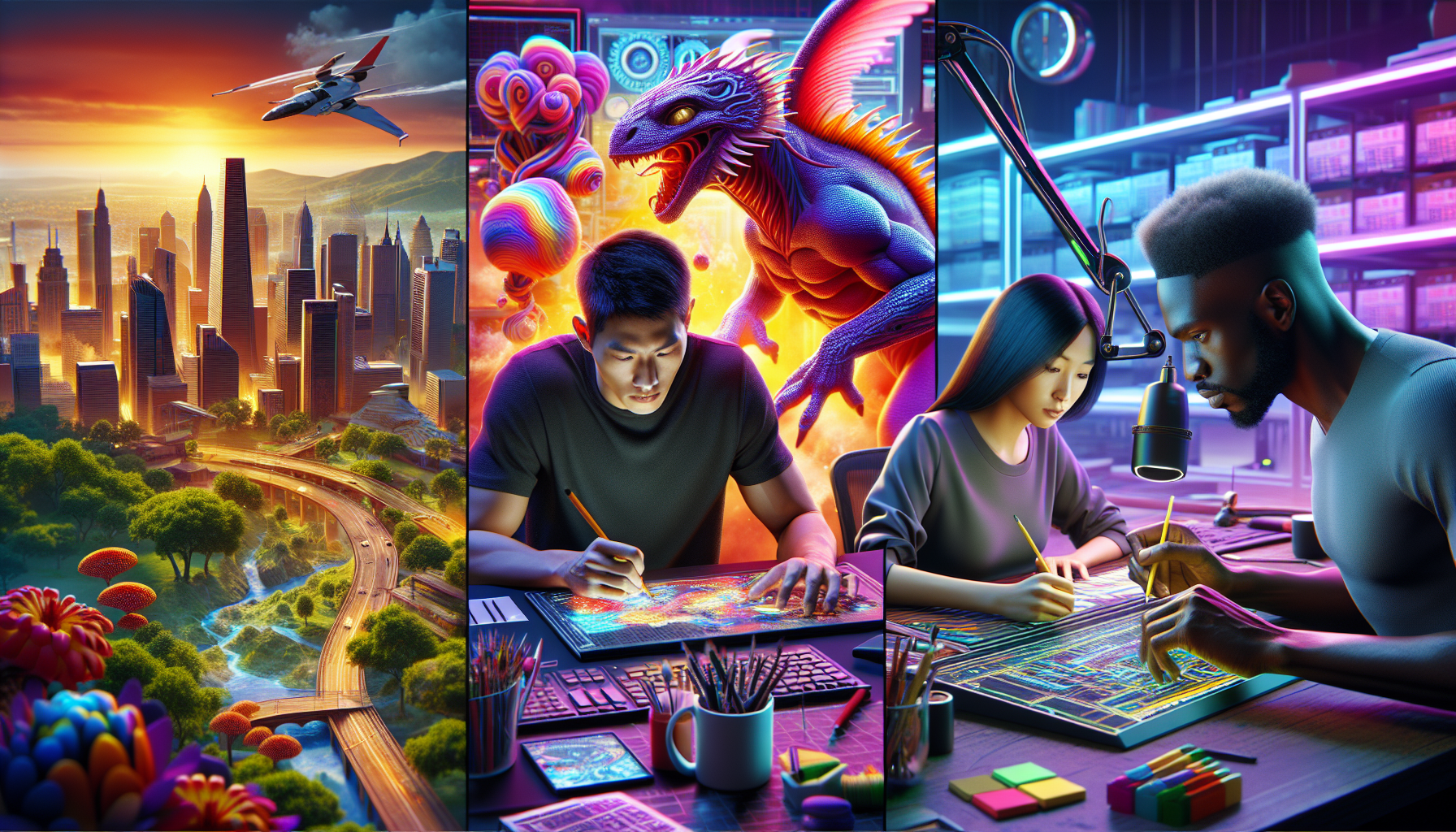 Generated by SurferAI
Generated by SurferAI
3D rendering has transformed numerous industries by giving life to ideas and enabling visualization before the actual creation of products or structures. Digital tools enable 3D rendering specialists to create lifelike models and animations, captivate audiences, and bring concepts to life. Whether you’re visualizing an architectural masterpiece, crafting immersive video game environments, or designing realistic product models for marketing, 3D rendering jobs offer a chance to leave a lasting visual impact.
The career paths in 3D rendering are diverse, with three notable ones being Architectural Visualization Artist, 3D Game Artist, and Product Visualization Specialist. Each of these roles demands a unique skillset and provides distinct rewards.
Architectural Visualization Artist
An Architectural Visualization Artist is a 3D rendering specialist who uses digital tools to create realistic renderings of buildings and spaces. These professionals work closely with architects, designers, builders, and engineers to produce precise digital depictions of planned structures before their construction. They employ techniques such as:
● Ray tracing to create realistic lighting and shadows
● Texture mapping to add realistic materials and finishes
● Virtual reality to create immersive experiences
● Animation to showcase the design in motion
These skills and techniques allow architectural visualization artists to bring architectural plans to life and help clients visualize their projects.
The ideal candidate for an Architectural Visualization Artist role needs proficiency in designing visual content, familiarity with architectural drawings, and advanced creative skills. They also need to be adept at using specialized software tools like V-Ray, 3ds Max, and SketchUp.
The market demand for these artists is on the rise, with an anticipated growth rate of 22.62% by 2025. This offers a rewarding career path in architectural visualization for those passionate about architecture and 3D rendering.
3D Game Artist
One of the most exciting fields for a 3D rendering specialist is the video game industry. As a 3D Game Artist, you’ll have the chance to create the visual components of a video game, including characters, environments, and props. You’ll work closely with game designers, programmers, and animators to create immersive gaming experiences, bringing game worlds to life.
To excel in this role, you need proficiency in 3D animation software platforms, drawing and illustration skills, and the ability to translate 2D images into 3D assets. The booming gaming industry is creating a high demand for 3D Game Artists, notably in genres like adventure shooters, action/RPG games, and MMORPGs. The typical annual income for a 3D game artist is around $78,939, making it a lucrative career path for those with a passion for gaming and 3D artistry.
Product Visualization Specialist
If you’re passionate about bringing products to life, becoming a Product Visualization Specialist could be your ideal career path. These 3D rendering specialists create high-quality 3D renderings of products for marketing, advertising, and e-commerce purposes. They use their skills to generate realistic or stylized images of products, much like photographing the product.
Product Visualization Specialists for your company:
● Enhance the customer experience
● Promote products on social media
● Assist customers in informed decision-making
● Boost customer satisfaction
With industries such as technology, manufacturing, advertising, architecture, and design increasingly seeking their services, the job type of 3D rendering artists offers promising career prospects.
Finding the Right Job Platform
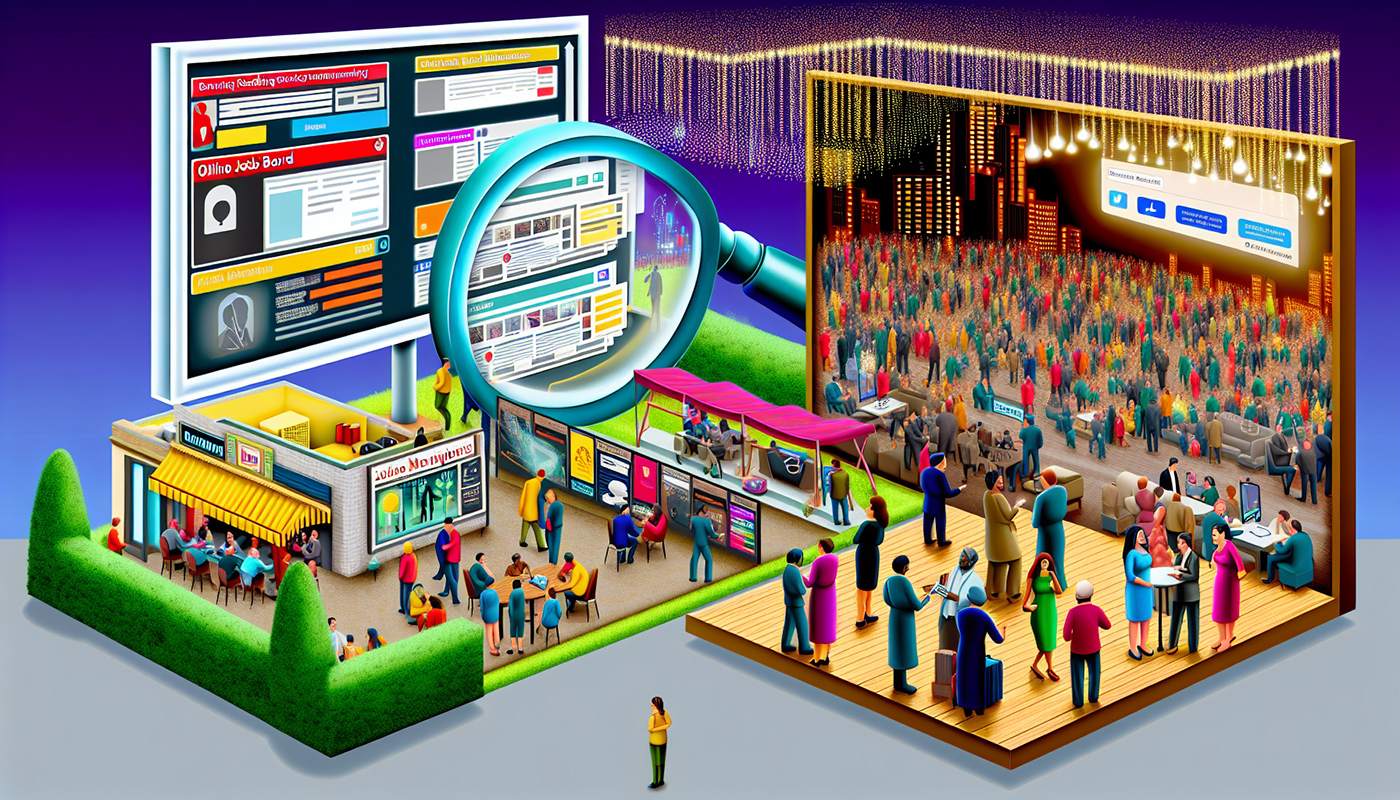 Generated by SurferAI
Generated by SurferAI
Now that we’ve explored the different career paths in 3D rendering, let’s focus on how to land these jobs. Finding an appropriate platform to showcase your skills is vital, whether you’re a seasoned professional or a newcomer to the field. Online job boards, freelance marketplaces, and networking opportunities are excellent avenues for finding 3D rendering jobs.
Online job boards like 3D Agora and freelance marketplaces such as Upwork and Fiverr offer a wealth of job opportunities for 3D rendering artists. Meanwhile, networking events and online forums provide a great way to connect with industry professionals, learn about job openings, and showcase your work.
Online Job Boards
Online job boards are a popular choice for finding 3D rendering jobs. Platforms like 3D Agora let you browse through projects and apply for ones that match your skills and interests. To get started, you simply need to create a profile, indicating that you’re a 3D artist.
Once your profile is prepared, you can start browsing through the various available projects. Whether you’re interested in exterior or interior design, commercial or personal architectural visualization, you’re likely to find a project that piques your interest. So, if you’re looking for a platform that lets you choose the kind of work you want to do, online job boards like 3D Agora are a great place to start.
Freelance Marketplaces
Freelance marketplaces like Upwork and Fiverr provide another excellent platform for finding 3D rendering jobs. Unlike traditional job boards, these platforms allow clients to post projects and artists to bid on them. This bidding model gives you the opportunity to pitch your services directly to clients, making it easier to land jobs that match your skills and interests.
Crafting a successful profile on these platforms is central to landing jobs. To enhance your prospects of securing high-quality 3D rendering jobs, you’ll need to:
● Showcase your best work
● Emphasize your 3D rendering expertise
● Demonstrate proficiency in relevant software and tools
● Craft an engaging biography
Doing so will differentiate you from the competition and enhance your prospects of securing high-quality 3D rendering jobs through a secure proceeding. To ensure a smooth experience, always use a secure www connection when submitting your work on www platforms.
Networking Opportunities
Networking is a powerful tool for job seekers in any industry, and the 3D rendering industry is no exception. Attending industry events, joining online forums, and establishing a connection with fellow 3D artists can help you discover job openings and build your professional network.
Industry events like SIGGRAPH and SIGGRAPH ASIA provide an excellent platform for networking. Similarly, online forums such as CGSociety and Evermotion offer a space where you can connect with peers, share your work, and receive feedback. By leveraging these networking opportunities and establishing a strong site connection, you can gain exposure, learn about the latest industry trends, and potentially land your dream 3D rendering job.
Tips for Building an Impressive Portfolio
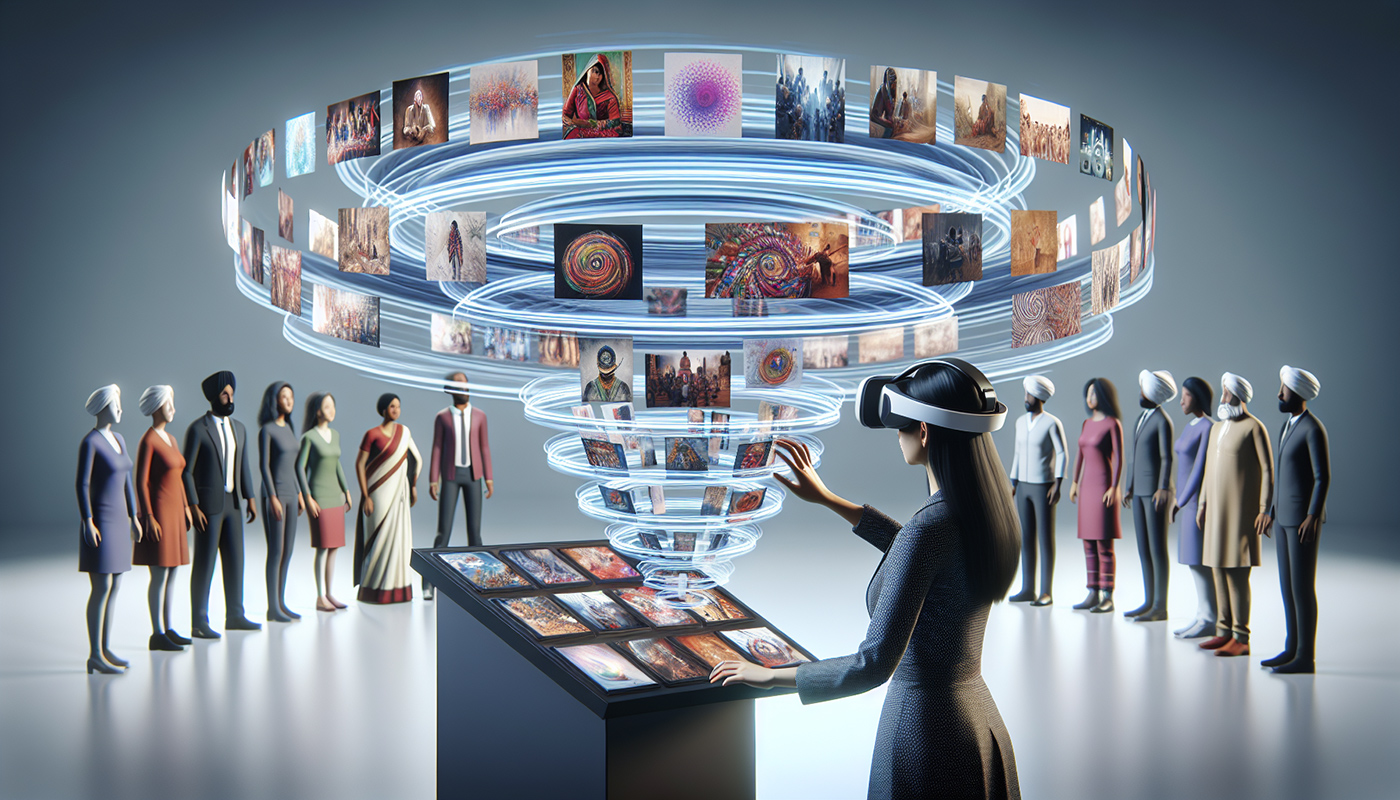 Generated by SurferAI
Generated by SurferAI
Whether you’re applying for jobs through job boards, freelance marketplaces, or networking events, having an impressive portfolio is key to landing gigs. A portfolio displays your skills, creativity, and versatility, serving as a crucial tool in your job hunt.
To create a standout portfolio, you need to select your best work, present your process, and tailor your portfolio to specific job opportunities. Doing so allows you to highlight your unique abilities and leave a strong impression on potential employers.
Selecting Your Best Work
Choosing the best work to include in your portfolio can be a daunting task. However, it’s worth taking the time to select projects that truly showcase your skills and creativity. This might include diverse projects that demonstrate your versatility or specific projects that highlight your strengths.
When selecting work for your portfolio, consider what each piece says about you as an artist. Does it showcase your technical abilities? Does it reflect your unique creative vision? Does it demonstrate your problem-solving skills? By meticulously selecting your work, you can craft a portfolio that authentically represents your capabilities as a 3D rendering artist.
Presenting Your Process
In addition to showcasing your finished work, it’s important to present your process in your portfolio. This gives potential employers insight into how you approach your work, your proficiency with software tools, and how you overcome challenges.
To effectively present your process, consider including sketches, wireframes, and progress shots alongside your finished work. You can also provide a brief description of each project, discussing the brief, your approach, and any specific challenges you faced while proceeding. Such an approach not only displays your technical skills but also underscores your problem-solving abilities and dedication to your craft.
Tailoring Your Portfolio
Customizing your portfolio based on the specific job or client you’re targeting can greatly increase your chances of success. By highlighting relevant skills and experience, you can make your portfolio more appealing to potential employers.
Consider the specific skills and experience the job requires, and ensure these are clearly demonstrated in your portfolio. For example, if you’re applying for a role as a Product Visualization Specialist, you might highlight projects where you’ve produced high-quality 3D renderings of products. Such customization of your portfolio demonstrates to employers that you are not just a skilled 3D artist, but also perfectly suited to their specific needs.
Remote Work in the 3D Rendering Industry
As more companies embrace remote work, opportunities for remote 3D rendering jobs are on the rise. Working from home brings several benefits, such as flexibility, cost-effectiveness, and improved work-life balance. However, it also presents unique challenges, such as communication difficulties and maintaining motivation.
Even with these challenges, remote work can be immensely gratifying for 3D rendering artists. With the right strategies and tools, you can stay productive, maintain a high quality of work, and enjoy the benefits of remote work.
Benefits of Working Remotely
Working remotely offers several benefits that can significantly enhance your work experience. Here are some of the benefits:
● Flexibility: You can set your own hours, work at your own pace, and create a work schedule that suits your lifestyle.
● Improved work-life balance: Remote work allows you to spend more time with your family and engage in activities outside of work.
● Increased job satisfaction: The flexibility and autonomy of remote work can lead to higher job satisfaction and overall happiness.
These benefits make remote work an attractive option for many professionals, offering them security in their work environment, knowing that their site connection is secure.
In addition, remote work can result in significant cost savings. By working from home, you can save on commuting costs, work clothes, and meals. Plus, with cloud rendering technologies, you can efficiently utilize resources, further reducing costs. Overall, the financial and lifestyle benefits of remote work can make it an appealing option for many 3D rendering artists.
Challenges of Remote Work
Despite its many benefits, remote work isn’t without its challenges. Communication can be a hurdle, with delayed feedback and misunderstandings more likely when you’re not sharing a physical space with your team. However, with clear communication guidelines and the right tools, this challenge can be overcome, allowing teams to work collaboratively.
Time management can also be a challenge when working remotely. Without the structure of a traditional office environment, it can be easy to lose track of time or struggle to maintain productivity. However, with discipline and effective time management strategies, you can stay focused and productive.
Tips for Staying Productive
Staying productive while working remotely can be a challenge, but with a few strategies, it’s certainly achievable. Establishing a dedicated workspace at home aids in focusing and minimizing distractions. Keeping a consistent schedule can also help you stay on track and maintain a healthy work-life balance.
Using productivity tools can also help you stay organized and manage your time effectively. Tools like Todoist and BackBlaze can help you keep track of tasks, manage files, and ensure you’re meeting deadlines. Implementing these strategies ensures maintained productivity and continual production of high-quality work, regardless of your location.
Summary
In conclusion, the field of 3D rendering offers exciting career paths, a wealth of job opportunities, and the possibility of remote work. Whether you’re an Architectural Visualization Artist, 3D Game Artist, or Product Visualization Specialist, there’s a place for you in this fast-growing industry. With the right platform for job searching, a standout portfolio, and effective strategies for remote work, you can thrive in your 3D rendering career. So, are you ready to make your mark in the world of 3D rendering?